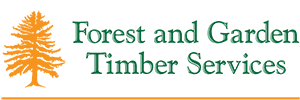
High Hedge Disputes
High Hedge Disputes: The Current Position Part 8 of the Anti-social Behaviour Act 2003, which gives local authorities powers to deal with complaints about high hedges came into operation in England on 1 June 2005. Introduction From 1 June 2005, provided they have tried and exhausted all other avenues for resolving their hedge dispute, people…
Read more
